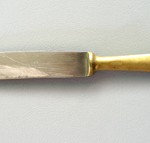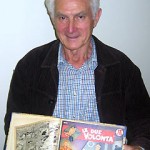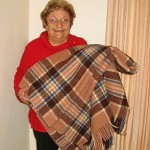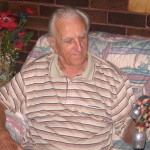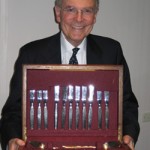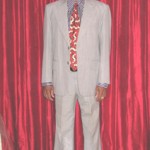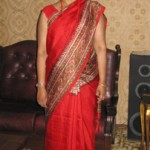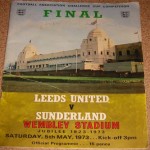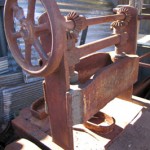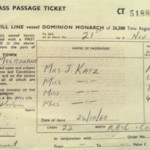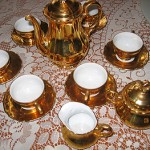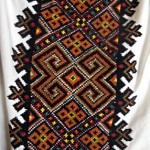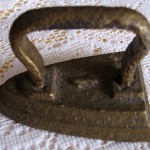Meet Pauline Peadon and see her spiritera from Malta.
Continue reading
Meet Carmela Pasquetti and see her tomato sieve from Italy. Continue reading
Meet Salvatore Papasidero and see the exercise book he used for English classes in Australia.
Continue reading
Meet Peter Nash and see the Chinese vases given to him as a Barmitzvah gift.
Continue reading
Meet Imre Molnar and see his school book from Communist Hungary.
Continue reading
Meet Mick Mesic and see his plate from Croatia. Continue reading
Meet Julie Mesic and see her St Nicholas figurine from Croatia.
Continue reading
Meet Elizabeth Mergl and see the clock she used to time feeding her baby son as they fled from Hungary to Austria in 1944. Continue reading
Meet Frederick Mayer and see the photograph albums documenting his life until in the 1950s. Continue reading
Meet Helen Lihos and see her hand embroidered dress from the Ukraine. Continue reading
Meet Sussan Ley and see her pilot’s headset. Continue reading
Meet Stewart Lee and see the postcard of the ship he came to Australia on in 1955.
Continue reading
Meet Inga Krain and see her sugar cube holder from Germany. Continue reading
Meet George Kotsiros and see his Greek-English dictionary. Continue reading
Meet Bill Kloosterman and see his carpentry tools from Holland.
Continue reading
Meet John Kena and see his tractor driving license from 1941 when Estonia was Soviet-occupied. Continue reading
Meet Esther Katz and see her boat tickets from South Africa to Australia in 1960.
Continue reading
Meet Karl Karthauser and see the St. Christopher medal that saved his life in 1958.
Continue reading
Meet Yolanda Takacs and see her Hungarian national costume.
Continue reading
Meet Domenica Scarcella and see her statue of the Madonna, a family heirloom from Italy.
Continue reading
Meet Teresa Restifa and see the bedcover purchased in the 1940s for her mother’s glory box.
Continue reading
Meet Annie Page and see her grandmother’s shell from Canada. Continue reading
Meet Edda Marcuzzi and see the remaining item from her 24-piece cutlery set.
Continue reading
I was born in 1935. My mother Caterina and I were originally from Pola in Istria, then in Italian territory. Continue reading
Meet Sophia Kanna and see her family blanket from Iraq. Continue reading
Meet Dagmar Kanck and see the sewing machine she brought with her from Norway to Broken Hill in 1952.
Continue reading
Meet Hans Kaiser from Tweed Heads and see his mother’s see his miniature cow bells from Austria.
Continue reading
Meet Ron Joffe and see the cutlery set he was given at his farewell in South Africa.
Continue reading
Meet George Varughese and see the outfit he wore when he arrived in Australia in 1963.
Continue reading
Meet Rose Varughese and see the sari she brought with her to Australia in 1969.
Continue reading


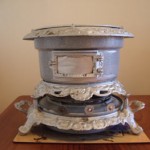
!["My Aunty Caterina asked us to bring her one, no-one had one here. In Italy, we boil the ripe tomatoes, then squeeze [them] through the sieve. We would do this every time we have pasta sauce which was a lot."](../../../cms/wp-content/uploads/2008/10/sieve-150x150.jpg)
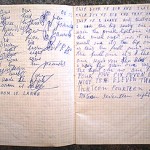
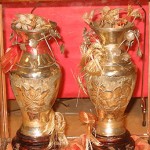
!["This set square from Hungary is a reminder of my education, but also of the education I was unable to attain [during the Communist era], although I had the ability."](../../../cms/wp-content/uploads/2008/10/setsquare-150x150.jpg)
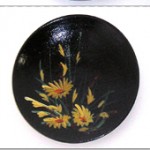
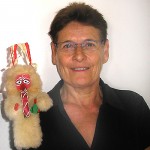
!["My husband was a fine cabinetmaker. I have one [item from] the early years when we come out here - just a little cassette. I didn’t ask him, he just made it for me. He made this type of furniture in Austria."](../../../cms/wp-content/uploads/2008/10/timber_sm.jpg)
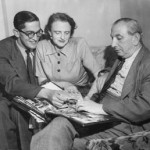
![Helen: "In 1989 we went to the Ukraine and my husband's [Sam] sister gave them to me. She had made them a long time ago."](../../../cms/wp-content/uploads/2008/10/lihos-dress-150x150.jpg)
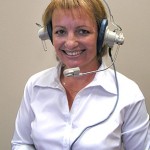
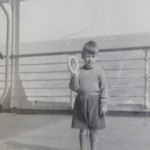


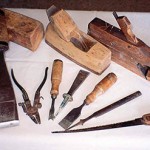
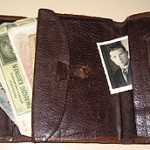


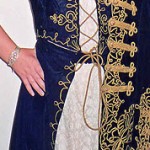
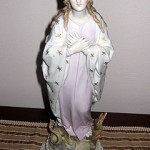
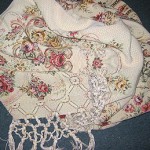
!["It belonged to my grandmother [and] the shell was always with her. It fascinated me from the minute I could read and was something she let me have, hold and look at. She died when I was 15 [and] it was something I’ve always kept."](../../../cms/wp-content/uploads/2008/10/shell-150x150.jpg)
